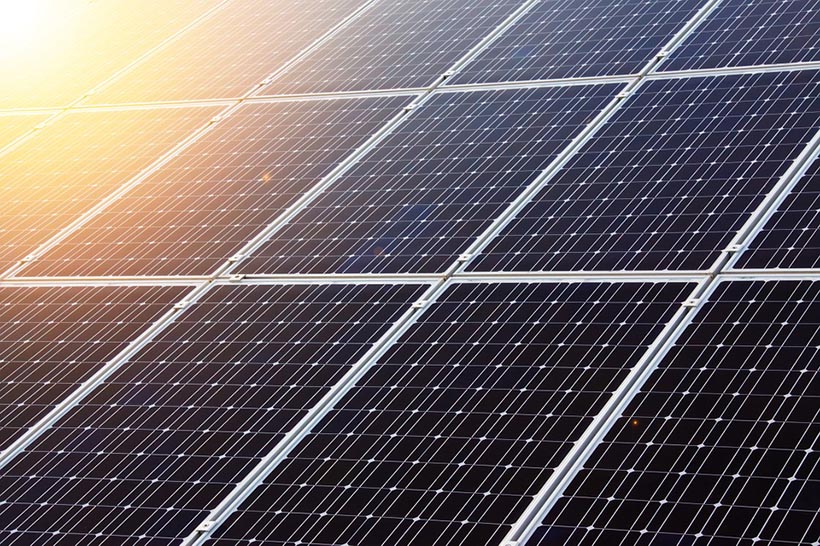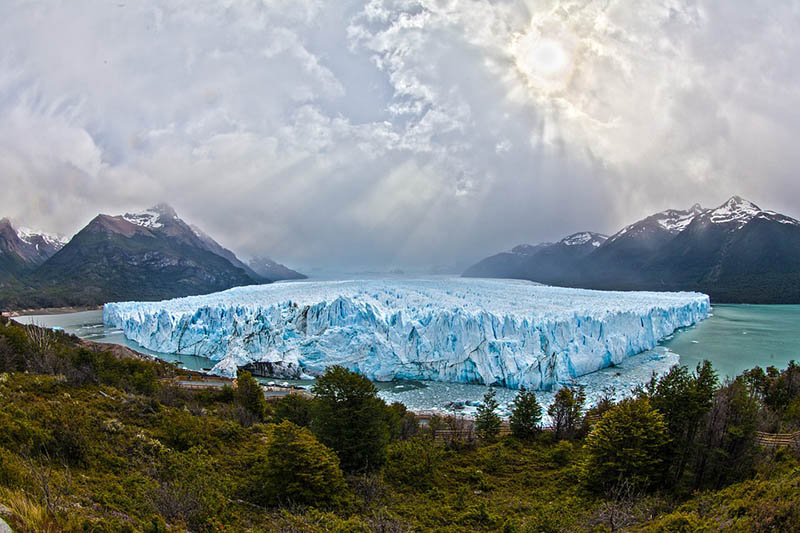Many scientists believe that solar energy will become the main energy resource for humanity in the nearest future. Solar panels are widely used in various countries around the world, and their popularity will undoubtedly grow.
- Solar energy does not harm the environment, as it doesn’t produce any waste. But the production of solar panels still pollutes the environment.
- Solar power has several significant advantages. The energy obtained with its help is limitless, is promising, and the prices for this sort of energy don’t grow, unlike the prices for oil and gas.
- Solar panels can be used to build roads for pedestrians, cars, and bicycles. One kilometer (about 0.62 miles) t of such a road can provide energy to up to 3,000 – 5,000 people.
- Recycling solar panels is expensive because they contain a large number of toxic substances, such as cadmium, lead, arsenic, and gallium.
- Solar energy is widely used in space exploration, but its efficiency depends on the distance between the spacecraft and the Sun. The farther away from the Sun you are, the less efficient the solar panels are.
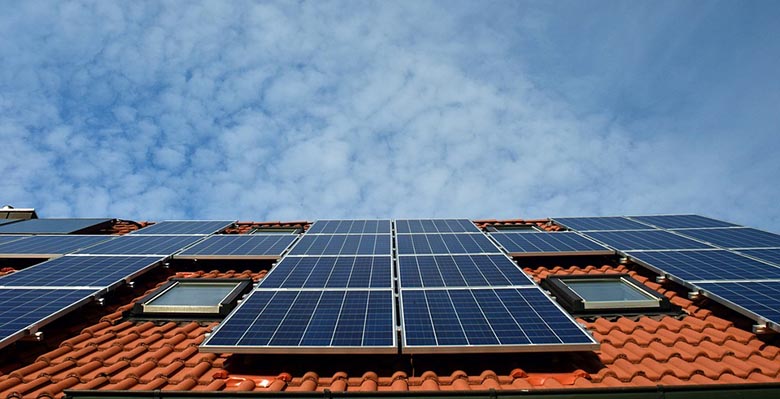
- South Korean scientists have created a tiny solar cell that is 15 times thinner than a human hair. If it is placed under the skin, it will be able to energize a pacemaker and other implants.
- Even the highest-quality solar panels are efficient for 30-40% tops. Because of this, they heat up to 120-160 °F (50-70 °C) during operation.
- Regular solar panels run on solar radiation. However, Spanish scientists in 2014 developed panels capable of converting infrared radiation from the Sun into electrical energy.
- The use of solar energy is not very promising in high latitudes, because the number of hours of sunshine there is too little for half a year.
- The largest solar power plant in the world is Tengger Desert Solar Park in China. Its efficiency exceeds 1500 megawatts, which is comparable to the efficiency of a nuclear power plant.
- One of the disadvantages of solar energy is its dependence on the weather. The efficiency of solar panels is significantly reduced on cloudy days.
- Solar thermal collectors are similar to conventional solar panels, but they are much simpler. Instead of accumulating energy, they accumulate heat and transfer it further. Solar thermal collectors are used for heating.
- Solar energy can be used for the desalination of water. A special installation heats salt water and evaporates it to do that. After condensation, the water vapor turns into pure fresh water.
- Switzerland is developing a unique Solar Impulse aircraft that will use exclusively solar energy. The first single-seat prototype successfully made a test flight in 2009, rising to an altitude of 28,540 feet (8,700 meters) and staying in the air for 26 hours.
- The military of various countries is very interested in solar-powered unmanned aerial vehicles. Such drones can theoretically stay in the air for years without landing on the ground, performing the functions of recon satellites.
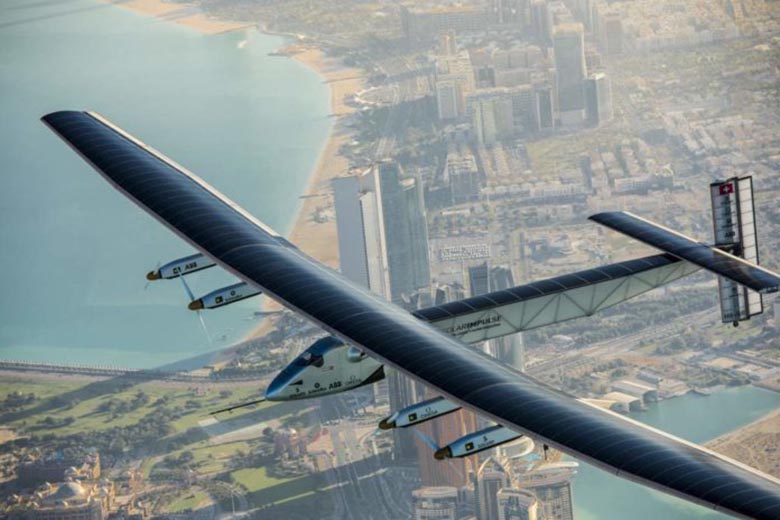
- Solar power plants can be rotating and stationary. Rotating power plants rotate the panels during the day to receive the maximum amount of solar energy.
- Thin solar panels are installed on the roofs of some models of electric vehicles. For example, those panels increase the max mileage of a Toyota Prius hybrid car on a single charge and single fuel tank by 10%. At the same time, they have a thickness of about 0.6 mm (0.023 inches) and don’t affect the aerodynamics in any way.
- Solar thermal collectors can be used for the environment-friendly production of hydrogen. The Clean Hydrogen Producers production model can heat water up to 3990 °F (2200 °C) degrees, while water is divided into hydrogen and oxygen already at 3090 °F (1700 °C) degrees.
- Solar energy is widely used to heat water in some countries. In Israel and the Republic of Cyprus, about 90% of all residential buildings heat water in this way, since electricity is expensive there.
- The Earth’s surface receives more solar energy in one hour than all of humanity uses in a year. But the collection and use of this energy are quite complex and expensive.
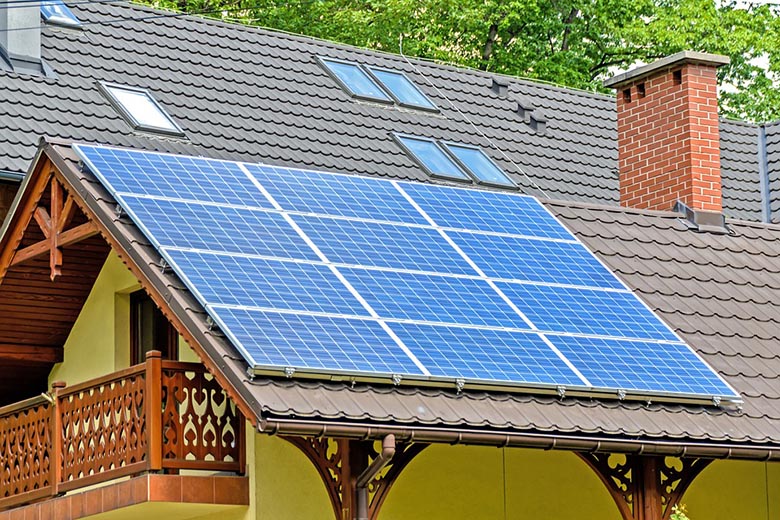
- Solar energy, which consists of radiant heat and sunlight, can be used with the help of some modern technologies, such as photovoltaic cells, solar heating, artificial photosynthesis, solar architecture, and solar thermal electricity.
- The Earth receives 174 petawatts of incoming solar radiation in the upper atmosphere. About 30% is reflected back into space, and the rest is absorbed by the oceans, clouds, and landmasses.
- Solar energy is the cheapest and most widespread source of energy in the world. In December 2016, the cost of building and installing a new solar power generation fell to $ 1.65 per watt, which almost surpassed its renewable wind counterpart ($1.66 per watt) and competitors from fossil fuels.
- At the beginning of 2019, more than 2 million solar system installations were installed in the United States. This milestone comes just three years after the industry completed its $1 million installations, which took 40 years. Most notably, it is projected that 4 million installations will be installed in the industry in 2023.
- The water cycle is an important result of solar insulation. The Earth, oceans, and atmosphere absorb solar radiation, and their temperature rises. Warm air rises from the oceans, causing convection. When this air rises to great heights, clouds are formed as a result of the condensation of water vapor. These clouds cause rains that return water to the surface of the earth, which completes the water cycle.
- The space industry was one of the first followers of solar technologies. In the 1950s, the space industry began to use solar technologies to provide energy for spacecraft. Vanguard-1, the first artificial satellite of the Earth powered by solar batteries, remains the oldest artificial satellite in orbit, having traveled more than 6 billion miles.
- Horticulture and agriculture strive to maximize the use of solar energy. These include methods such as timing planting cycles and mixing plant varieties. Greenhouses are also used to convert light into heat to promote the year-round cultivation of special crops.
- Solar energy can also be used to prepare drinking, brackish, or salt water. Without the use of electricity or chemicals, the waste water can be treated. Creating salt from seawater is also one of the oldest uses of solar energy.
- The oil crisis of 1970 revealed the delicate nature of fossil fuels as a source of energy for the whole world. Thus, research in the field of alternative, renewable energy sources, such as solar and wind energy, has gained momentum.
- Solar energy may turn out to be the main source of renewable energy due to its huge potential and long-term advantages.

- The first solar panel cell was invented in 1941. In 1839, Alexander Edmond Becquerel discovered the photoelectric effect—that is, the ability to create an electric current from the sun’s rays. Soon after, Russell Ohl invented the first solar panel element in 1941, and the first commercial panel was released by Bell Laboratories in 1954.
- California is the largest proponent of solar energy in the United States. As of 2018, solar energy consumption in California exceeded all other states, reaching 20,163 megawatts of solar energy use. There are enough solar energy systems installed in the state to provide energy to 3.7 million homes.
- Solar panels require almost no maintenance since the batteries don’t need water or other regular maintenance and will last for many years. After installing solar panels, there are no fixed costs.
- Solar panels can generate energy without direct sunlight. Solar panels can capture different parts of the sunlight spectrum. Thus, if the sun does not shine directly on the panel – or it happens on an overcast day – this does not mean that the shades reflected from the sky are not captured and used by the solar panel elements for energy production.
- Solar energy can significantly reduce energy costs. In addition, there are many tax incentives and discount programs aimed at stimulating the use of solar energy and at the same time saving money for homeowners.
- A solar-powered house can reduce CO2 emissions by 100 tons within 30 years. The average American household using a solar energy system would reduce emissions by about 8 pounds (3,6 kilograms) of sulfur dioxide, five pounds of nitrogen oxide, and more than 1,400 pounds (635 kilograms) of carbon dioxide each month.
- Investments in solar energy can pay off on their own. After installing the solar panels, you will no longer have to pay heating or electricity bills.
- Solar energy doesn’t produce noise pollution. It has no moving parts and does not require any additional fuel other than sunlight to produce energy.
- A home solar panel system consists of several solar panels, an inverter, a battery, a charge regulator, wiring, and auxiliary materials. The sunlight is absorbed by the solar panels and converted into electricity by the installed system. The battery accumulates electricity, which can be used later, for example, on cloudy days or in the evening.
- The cost of solar panels has fallen by 99% since 1977. In 1977, a simple solar cell cost $ 77 per watt. According to the data of the Solar Energy Association and the GTM Research report for the 3rd quarter of 2017 on the state of the solar energy market, the cost of a solar cell is currently $ 0.21 per watt. The entire assembled module costs $ 0.39 per watt.
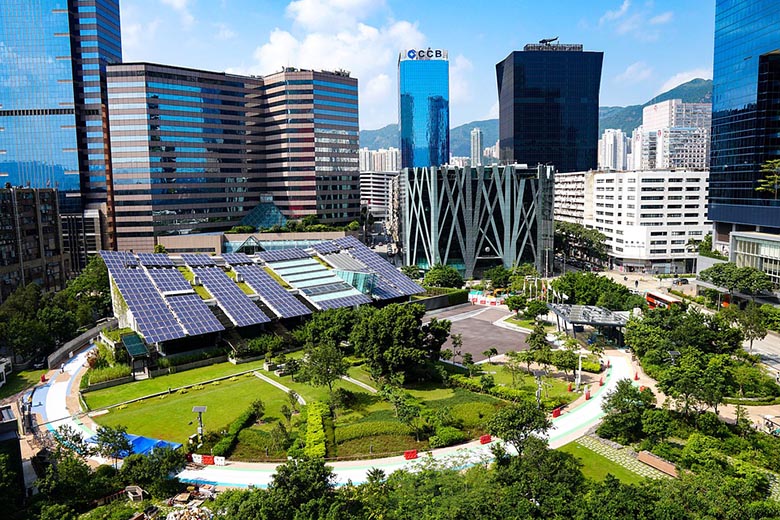
- Solar panels produce approximately 10 kilowatts of energy per square foot. To put this in perspective, the average home needs about 30 solar panels to meet its own energy consumption needs.
- By relying on a backup battery, solar energy can even provide 24/7 electricity, even on cloudy days and at night.
- Solar power plants can operate for 40 years or more. When a solar power plant is built, it is usually backed up by an agreement on the purchase of electricity with the customer, which lasts from 20 to 25 years. But this does not mean that such plants will be useless two decades later.
- China is a world leader in the field of solar energy. But in the United States, this industry is also developing rapidly.
- Solar energy is the fastest source of energy to deploy. When a disaster occurs, no source of electricity can be built or repaired as quickly as solar.
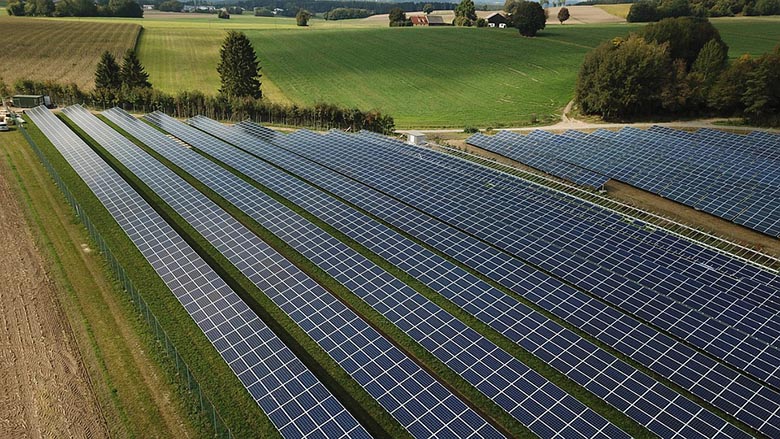
- The concept of using solar energy is not new. The first person who predicted that this could become a reality was Leonardo da Vinci in the 15th century.
- This technology is universal. Solar panels can be used on any type of buildings, roads, bridges, and even spacecraft and satellites. Solar energy is used in all aspects of life.
- Large investments are one of the main reasons why solar energy is still not used by many people around the world. But the popularity of solar energy is growing year by year.
- There is a theoretical project to supply energy to research stations on Mercury when the colonization of this planet begins. Mercury receives a huge amount of solar energy, and its poles are constantly illuminated by the Sun.
- Germany leads the world in terms of solar power per person (about 473 watts per person), followed by Italy, Belgium, Japan, then Australia (176 watts per person).
